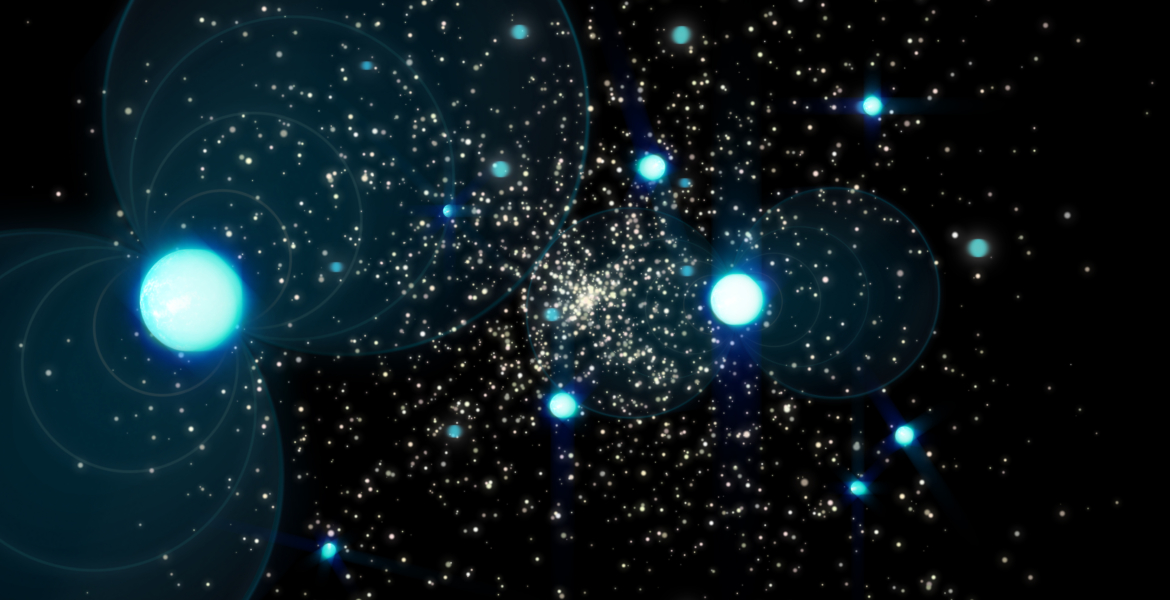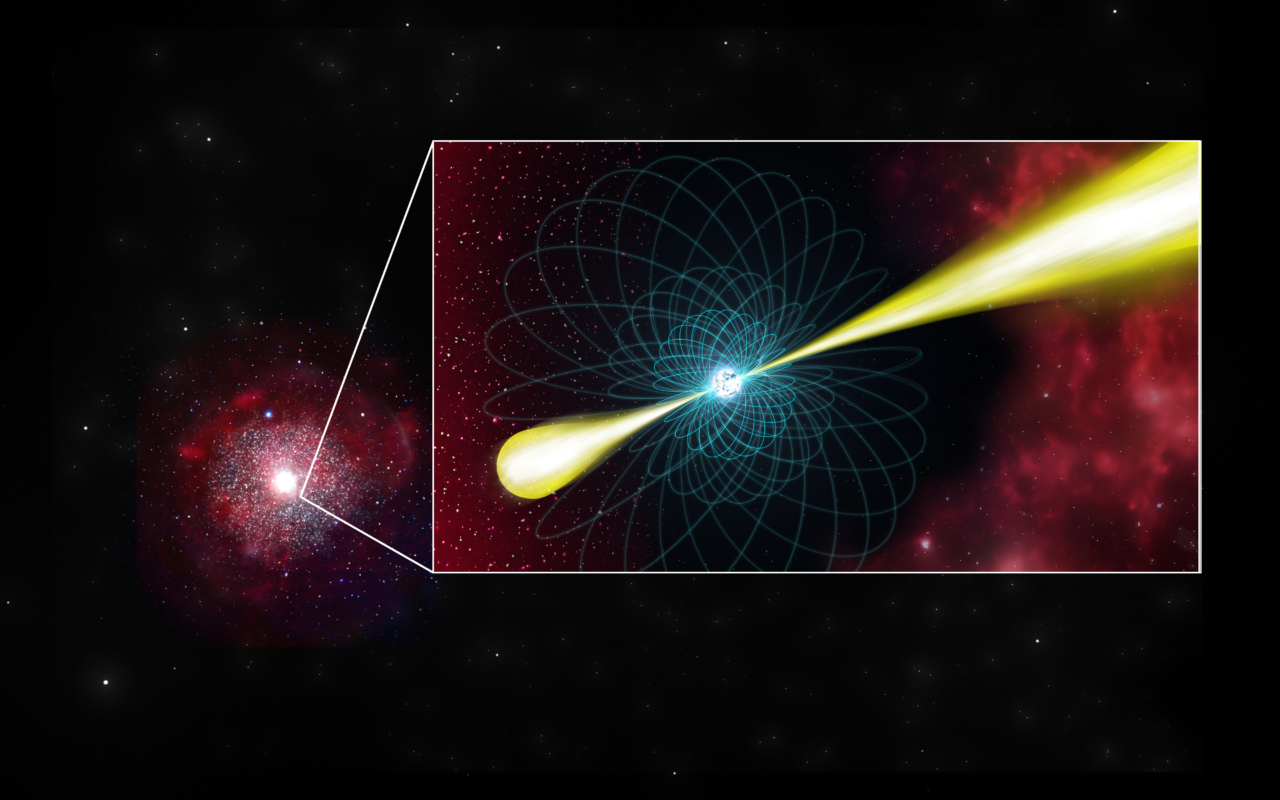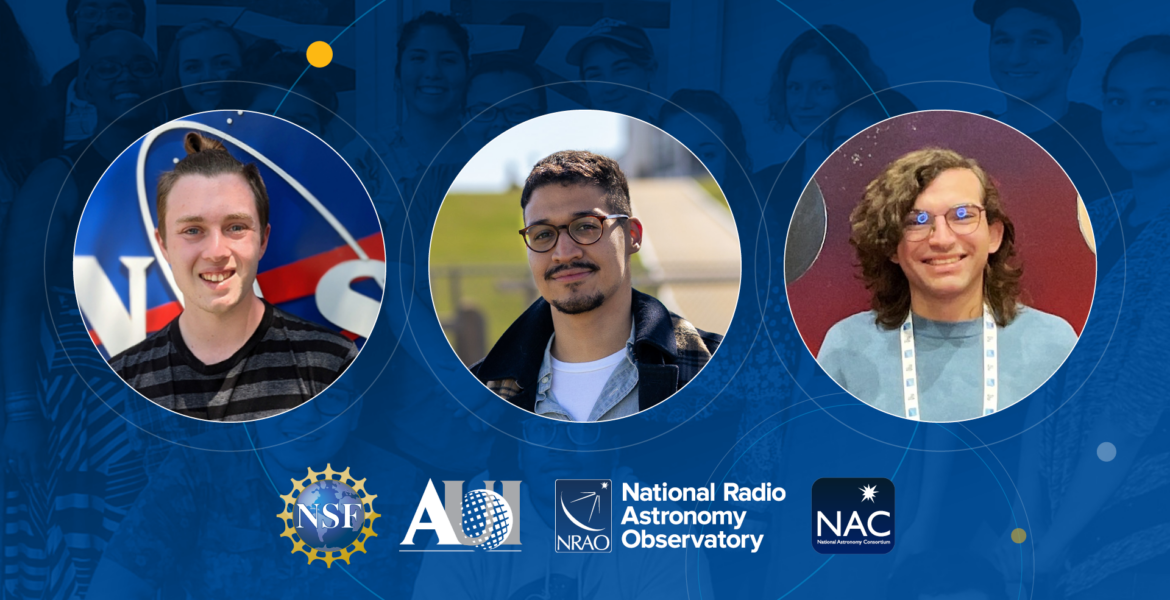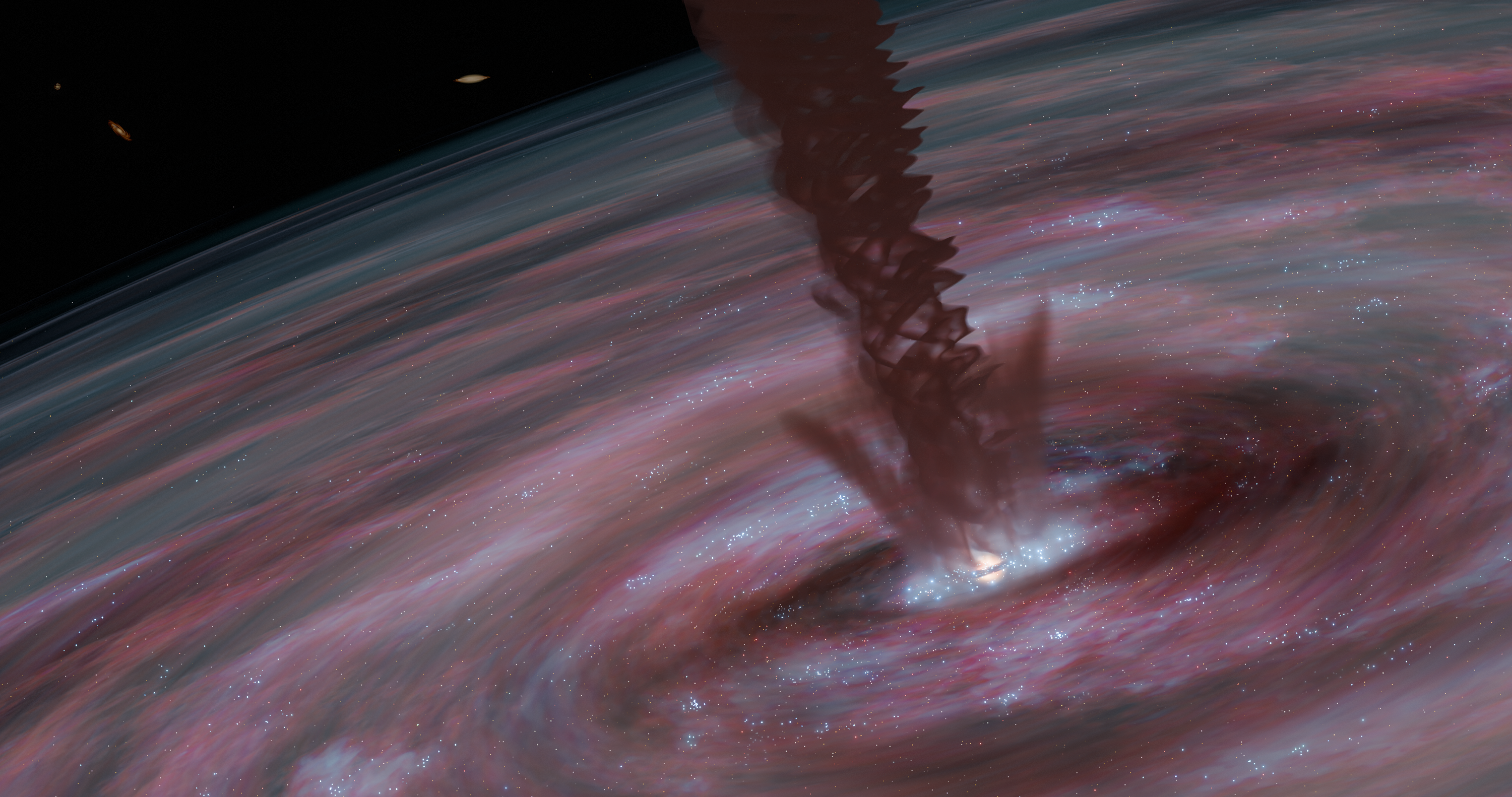Towards the center of our Milky Way Galaxy, in the constellation Sagittarius, astronomers have discovered 10 monstrous neutron stars. These particular stars, called pulsars, reside together in globular cluster Terzan 5, a crowded home for hundreds of thousands of different types of stars. In one of the most jam-packed places in our Milky Way, many pulsars in Terzan 5 have evolved into bizarre and eccentric forms.




